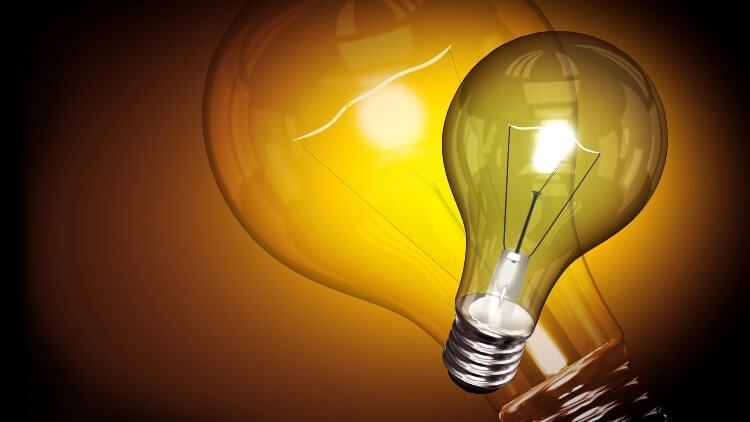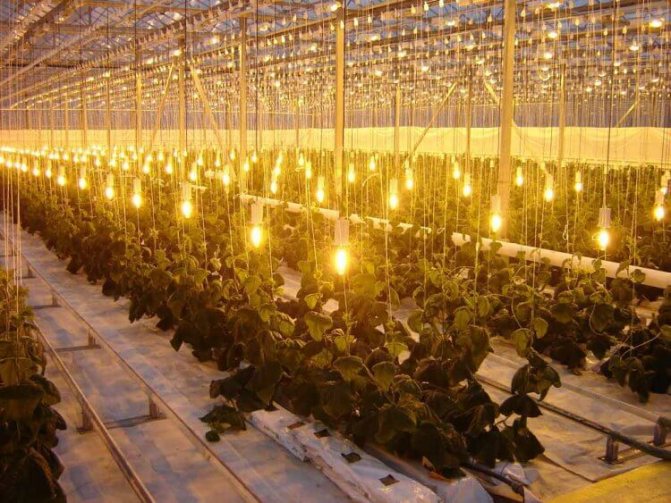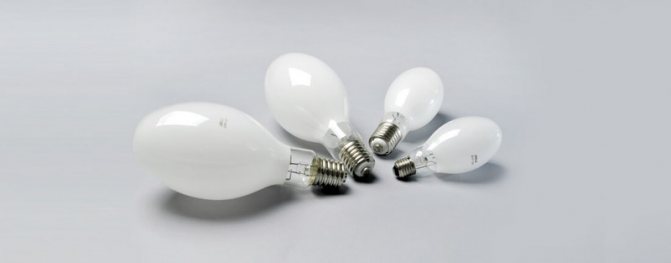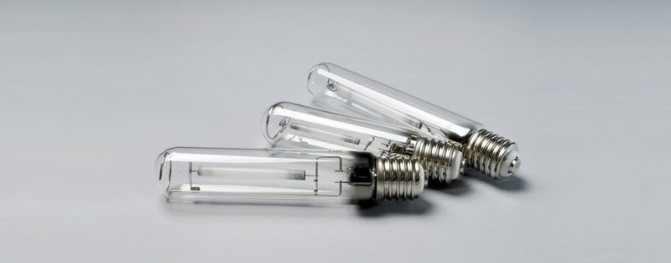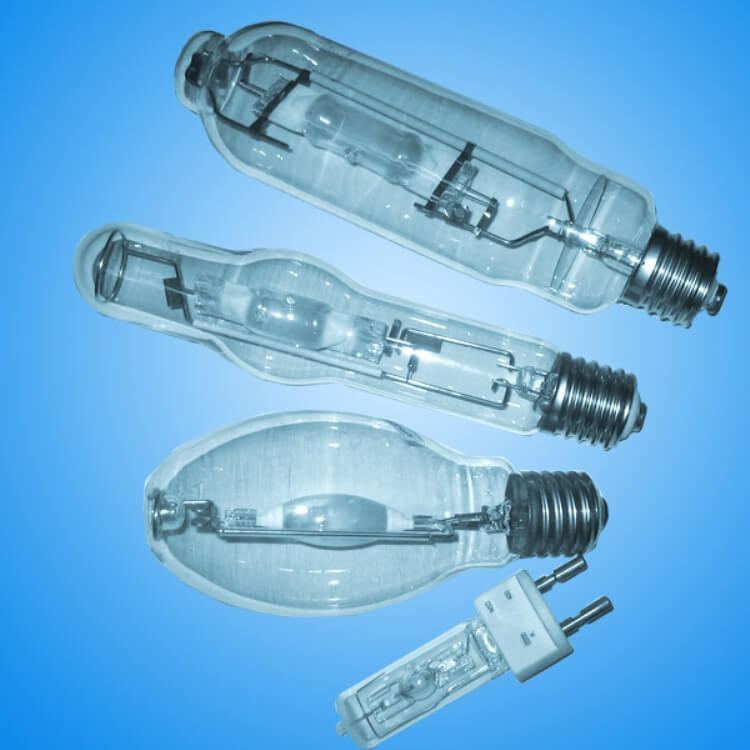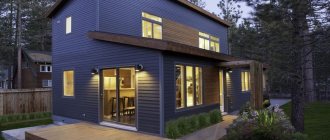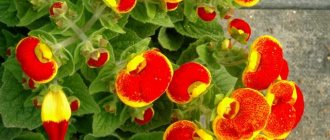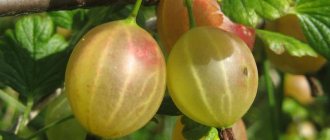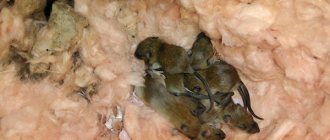What kind of lighting should be in a greenhouse: criteria for choosing lamps
Any greenhouse plant has a different need for lighting. It is very important to choose the right lighting and calculate the right number of lamps. Standard calculations are carried out according to the greenhouse drawings.
For light-loving vegetables, the light day should be as long as possible to ensure proper growth and maturation. Therefore, it is strongly not recommended to grow plants in the same greenhouse, whose need for lighting, humidity levels and temperature conditions differ among themselves.
So, you cannot grow peppers, cucumbers, tomatoes, mushrooms under one roof. You can, of course, install lighting on sites, but this is beneficial only for large industrial greenhouses and greenhouses. Industrial greenhouses are initially complex in design.
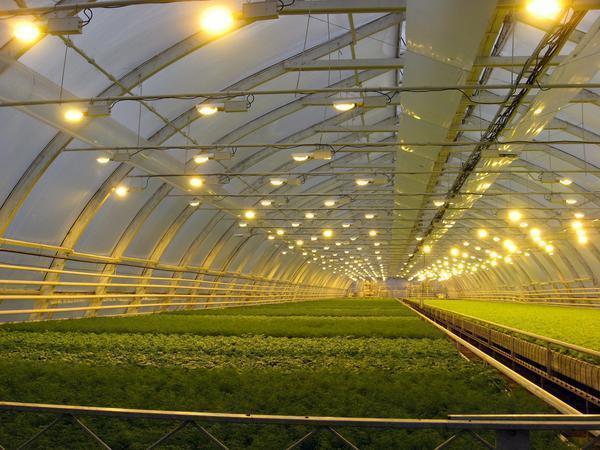
In winter, the day is very short, so supplementary lighting is needed for all plants in the greenhouse. To preserve the harvest, it is important to choose the most convenient lighting option, which will not hit your pocket hard and at the same time, do your job well.
Criteria for choosing lamps for indoor greenhouses:
- Illumination level (measured in lux) - in winter time in the greenhouse the illumination rate should be 2-3 thousand lux.
- Emission spectrum... At different periods of vegetative development, plants require different ranges of the spectrum - ultraviolet, blue, green, yellow, red.
- Manufacturer and price category... It is recommended to purchase lamps of well-known brands, the price of which is quite high. At least these models are covered by a warranty, unlike cheap Chinese fakes.
- Power - an indicator of the consumed electricity for a continuous hour of operation of the device. For high-power lamps, you need to run good wiring that can withstand the load.
Do not rely entirely on artificial lighting - plants need natural sunlight at any time of the year. Therefore, when building a greenhouse, you need to use a high-quality covering material that will transmit light well and at the same time protect the crop from winds and frosts.
The most popular and budgetary covering material is film. You can read about its types at the link:
How much light is needed and how it should be ↑
The need for each culture is different. It changes during the life of the plant. All garden plantings are light-requiring, some more, some less. Solanaceae are very fond of light, and pepper and eggplant are more light-loving than tomato - they shed all the buds with a lack of light. The most shade-tolerant tomato is cherry. Cucumbers, salads, parsley, onions, cabbage can "tolerate" a little, but dill cannot. The general principle is that all plants grown for flowers and fruits are more photophilous than those grown for edible leaves.
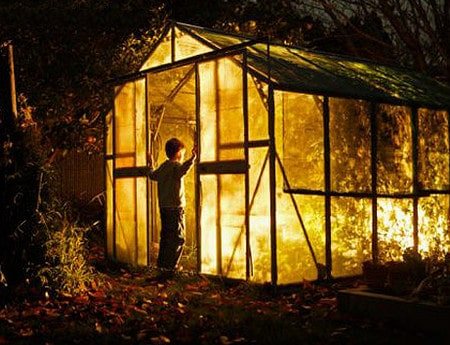

Lighting in the greenhouse plays an especially important role in winter, spring and autumn, when the daylight hours are short.
Cultures have such a characteristic as photoperiodicity. Its essence is that for the transition to flowering and the formation of fruits, they need a certain duration of daylight hours."Long day plants" need more than twelve hours of light a day to switch to flowering, "short day plants" need less than twelve. There are neutral ones.
Greenhouse with heating and lighting: which is better to install
To grow plants in a greenhouse, you need to maintain your own microclimate. To do this, you need to take care of lighting and heating.
It is known that soil temperature is important for seedlings. To do this, experts came up with the idea of laying hoses or pipes in the soil through which hot water will circulate. In this way, not only soil heating is achieved, but also an optimal heat distribution over the entire required area of the greenhouse structure. Hot water pipes can be run partially outside, so that the air in the room is also warm.
There is another way to heat the soil - by installing infrared heaters. An infrared heating system works like the sun. Such heaters do not dry the air or even heat it. This type of heating is considered one of the most economical.
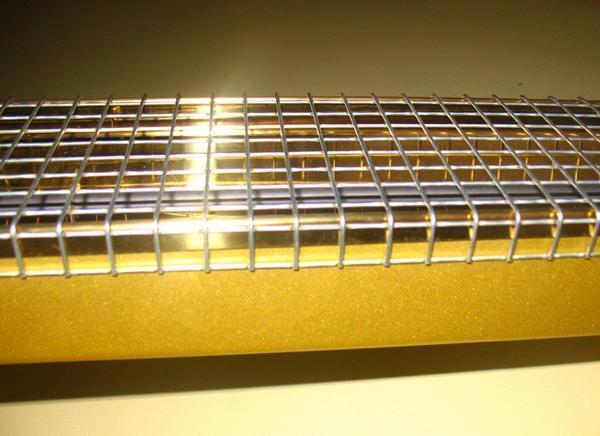

If the soil is heated with an infrared heater to 28 degrees, then the air in the room will be about +21 C.
Artificial lighting is also very necessary for greenhouse plants. Especially in winter, when the sun is not enough for the productive growth of vegetables and greenery.
Lighting for greenhouses should complement or completely replace sunlight, while providing the light rays necessary for plant photosynthesis. It is necessary to monitor the required amount of light emitted, depending on what is being grown, at what stage of growth the plant is and take into account the seasonality.
The best option would be to install special luminaires with LED lamps. They have rays of balanced concentration and only useful spectra. This is achieved through special phytodiodes, which will also save energy.
Why does a plant need light ↑
Plants undergo an important chemical process: the construction of giant organic chains from simple small molecules. For any process, energy is needed, they take it from light rays. A photon of light, falling on the surface of the leaf, triggers biochemical reactions, as a result of which a mass grows - roots, stems, leaves and fruits. The process of combining atoms from simple mineral molecules into much more complex organic ones, which occurs in plants under the influence of light rays, is called photosynthesis. No light - no photosynthesis, and no photosynthesis - the plant does not grow. The roots do not grow, the shoots do not throw out new leaves, the buds are not laid, it remains to dream of fruits at all.
LED greenhouse lighting: features
Lighting with LED lamps is considered the most popular today. LED bulbs are used in many industries and can completely replace conventional incandescent bulbs. LED bulbs emit blue, red or combination light. For greenhouses, this spectrum is the most suitable. Among the types of LED lighting, one can single out ordinary lamps and tapes that are mounted on a special panel.
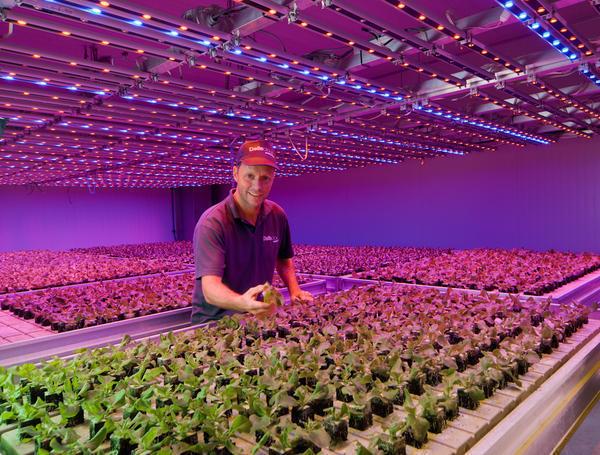

Benefits of LED lighting:
- Profitability;
- Correct emission spectrum;
- Long service life;
- Do not heat up;
- Resistant to low temperatures and moisture;
- They can work at low voltage.
Of course, the price of LED equipment is rather big, but given the long service life, their cost will quickly pay off by saving electricity. When installing lamps, you need to make a careful calculation so as not to buy unnecessary lamps. You can also set a special timer that will run on time, thereby saving electricity.
The power consumption of LED lamps is 10 times less than that of a conventional incandescent lamp. Read about the advantages of LED lamps in the article:
LED lamps are safe to use, they do not harm plants and humans and do not need special disposal.
Greenhouse diode tape
An LED strip is a narrow, up to 5 meters long strip of flexible material - in fact, a plastic modification of a printed circuit board with ice elements located at an equal distance and with a given density. Among other advantages, the convenience of its use lies in the ease of installation - there is a self-adhesive base on the reverse side, with which the product can be fixed on elements of a metal frame or a special profile.
The scope of its application is wide enough - it can be mounted both for the main and for additional lighting of greenhouses, greenhouses, sheltered beds, as well as simply on the windowsill with seedlings. It is especially important to use such an LED lamp with a low height and sufficient length of the structure for growing plants. When choosing an LED strip, it is important to consider several important parameters:
- Diode type. They are mainly characterized by crystal sizes of 3528, 2835, 5050, etc. The main difference between them is in the intensity of the light flux. So, the 5050 led element gives out 12 lm, and 3528 - 5 lm. Knowing the required power for a particular crop, you can calculate how many lamps should be on 1 meter of ice strip.
- LED strips, specially produced for greenhouses, have a predetermined frequency of ice crystals shining only in blue and red. This characteristic is indicated in the product labeling. For example, 15: 5 - means that 15 red diodes are replaced by 5 blue diodes and this alternation continues along the entire length of the strip. The combination of the two main segments of the luminous flux spectrum optimizes and accelerates plant growth.
- The degree of moisture resistance. For greenhouses, greenhouses and greenhouses, the protection index should start from IP65 and above.
Fluorescent lighting in a polycarbonate greenhouse
To create artificial lighting in polycarbonate greenhouses, fluorescent lamps are often used. Their price is relatively low, but, as experts say, such lamps are impractical.
Cold white fluorescent lamps emit violet rays, warm white ones - red rays. The combination of two such lamps can replace one lamp of natural light, and it will come out cheaper in financial terms.
The lamps do not heat up, which allows them to be mounted as close as possible to plant leaves.
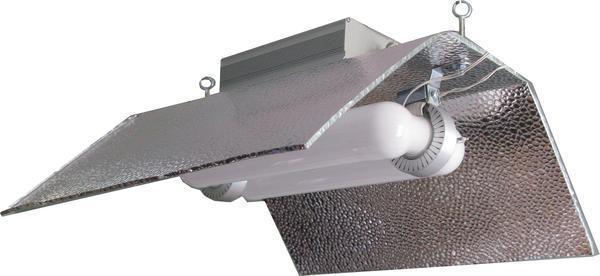

Despite their advantages - long service life, high luminous efficiency, low price, fluorescent lamps have certain disadvantages.
Minuses:
- Depends on temperature; when lowering, the lamps may go out and not turn on;
- Contains mercury vapors, which are harmful to others;
- It takes time to glow;
- It is not recommended to turn on the lamp immediately after turning it off, this will damage the lamp;
- Over time, the brightness of the lamp decreases, which necessitates the installation of additional lamps in the luminaire to ensure proper lighting;
- When the mains voltage drops, the lamp will not light up;
- Causes radio interference;
- Lamp power 150 W maximum.
Fluorescent lamps are quite large and, when installed, can block natural light from entering the greenhouse. Therefore, before installing the lamps, it is recommended to draw up a project in which to think over the placement of lamps to the smallest detail. They should not interfere with sunlight from entering the greenhouse.
Lighting for winter greenhouses: mercury and sodium lamps
Any home greenhouse, even a year-round one, needs additional lighting.Additional lighting can be done by installing mercury or sodium lamps. Mercury lamps do their job well, but they are harmful to others.
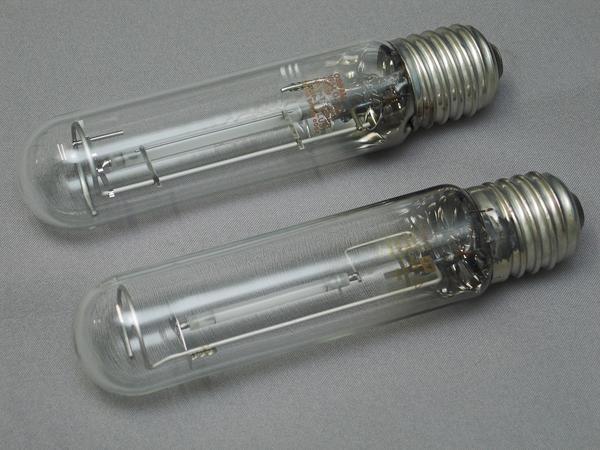

Broken mercury lamps are especially dangerous - they can ruin the entire crop.
You will also have to completely change the soil, since it is unlikely that you will be able to collect mercury balls with your hands. In addition, the lamps heat up very quickly, so they cannot be placed next to plants, leaves or flowers can get burned.
Sodium lamps are distinguished by their high luminous efficiency. They emit the beneficial red light that is essential for flowering, but they are not suitable for fruit ripening. Therefore, the use of sodium lamps is possible in greenhouses.

